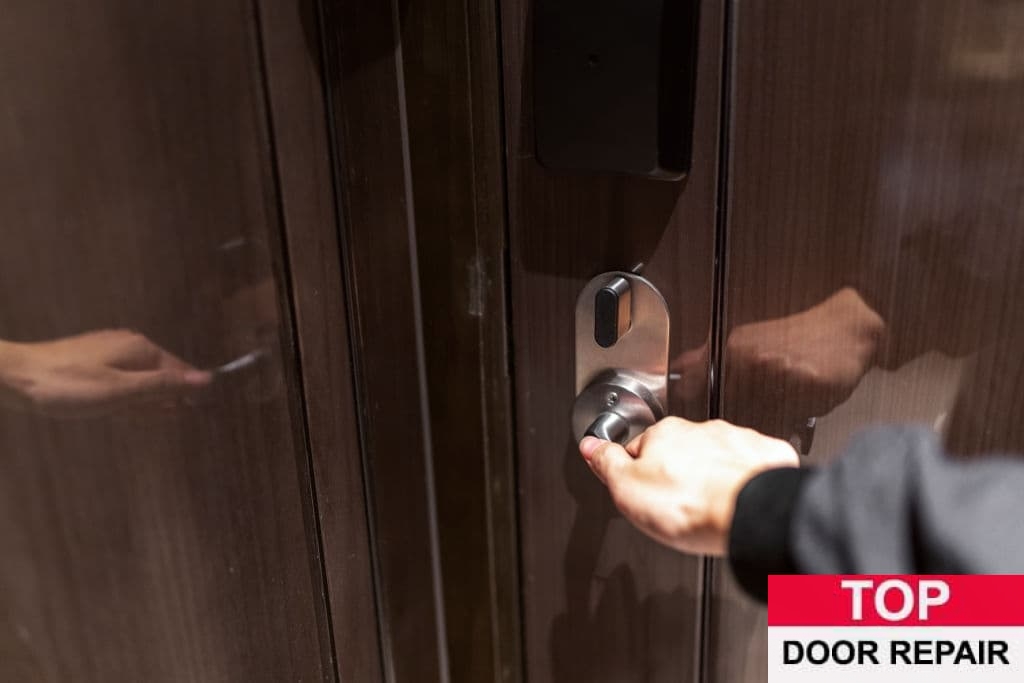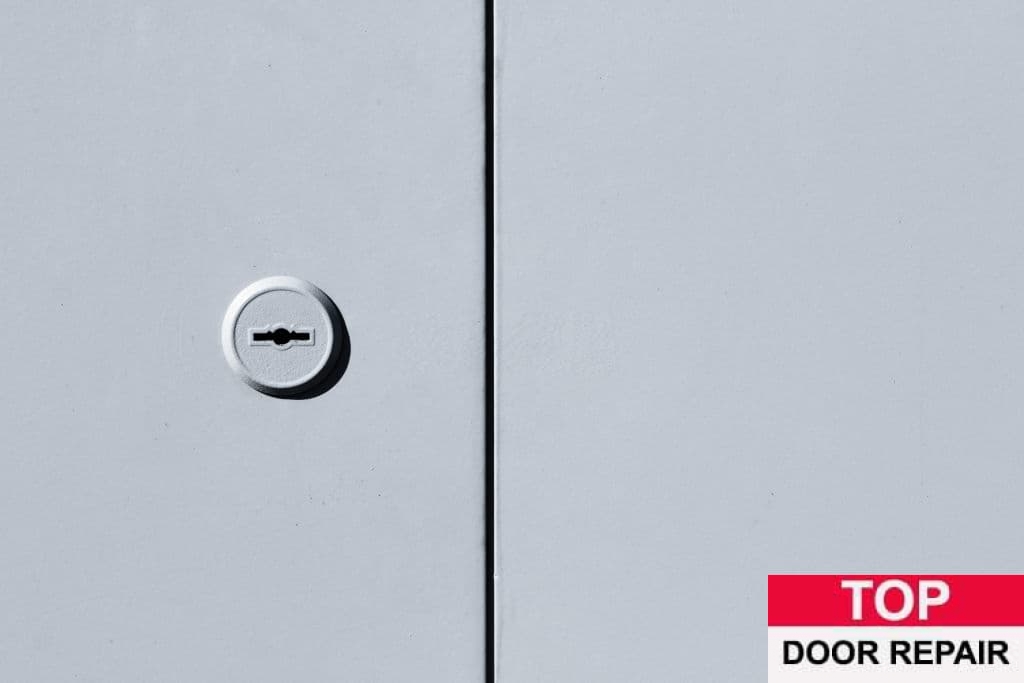Repair or Replacement: Which Is Right for Your Door?
Doors are a vital element of every home or building. A building is never complete without it. Sometimes, your exterior and interior doors may suffer some damage. Such an instance requires quick and effective solutions. Here, you have a choice to either go for doors repair or doors replacement.
This article will help you decide.
Deciding Factors in the Repair or Replacement Debate
It is very important to know what step to take when your front door has a problem. Based on how the door is used and what damage has occurred, you can conclude whether it needs to be repaired or replaced. Door repair is the cheaper of the two options. It also takes little time. However, there are times when the best option is replacement.
Let’s figure out together what to prefer.
Level of Damage
The degree of damage to your front doors determines the solution that needs to be applied. This is the most important thing to consider before repairing doors. Many factors contribute to door damage.
For example, weather changes can cause deformation of wooden doors and door frames.
Prolonged heavy use of the door can also affect its effectiveness: wear and tear, hinges, door handles and locks.
Some problems can be solved by yourself. If more complicated repairs are needed, ask for help from a professional.
Minor problems should be dealt with quickly to prevent more serious damage.
Budget Available
One primary benefit of door repairs versus replacement is cost-effectiveness. While repairs can vary in price depending on the nature and materials required, by assessing the repair work, you can estimate potential expenses.
This, compared with the cost of a new door, can guide your budget-driven decisions. Although door replacement may seem straightforward, additional costs tied to hinges, locks, and other materials can add up.
If DIY isn’t your strength, you can hire a professional, keeping in mind the increased costs for their expertise. Despite a higher cost, a professional assures a secure and proper installation. Remember, your personal budget significantly influences decisions on door repairs or replacements.
Materials Used
Doors come in different styles and forms. These doors are made from a variety of materials. Some of these materials include wood, vinyl, steel, fiberglass, plastics, and so many others. The materials inform the cost of the doors. They also inform the manner of door maintenance.
The difficulty of repair also depends on the material. Some doors are difficult to fix because of the material they are made of. A wooden door, for instance, requires little effort to fix. However, rectifying a dent in a steel door can prove to be considerably more challenging, assuming it’s feasible in the first place. Getting a door replace in Vancouver is swift. It is vital to install a door that can be easily maintained. This will prevent future costs.
Door Placement
For the final decision, you also need to know what you will face if you decide to replace the door, namely the installation of the door.
Attaching a new door can be a daunting task. It becomes even more difficult if it is not done by a professional. Front doors are surprisingly heavy, and this job is especially difficult because of the exact specifications. Doors require perfect positioning to work properly. For a complete door restoration, you may need the services of a professional.
Here are a few tips to help you:
- Make sure the new door fits the existing frame.
- Enlist a helper. A friend or neighbor can be helpful.
These tips will help you get the fit right.
Desired Aesthetic
If for some reason your door no longer meets your aesthetic needs, that too can be addressed in two ways: both by replacing and repairing.
- The first thing you should consider before repairing or replacing is safety. Make sure the door meets the safety requirements of your home.
- Then you can think about what design you want and consider your options: whether you can make changes through repairs (painting, adding extras, etc.) and whether it will meet the operating conditions or whether it will be easier to replace with a new one.
When to Repair Doors
The extent to which a door is damaged informs subsequent decisions. Door fixing is a critical activity. The decision to either repair or replace a door depends on how faulty the door is. For example, it is worth repairing if you run into:
- Minor damages such as cracks, dents, and others
- Faulty hinges, locks and handles
- Small patches of rot
- Sagging doors
- Small drafts
- Peeling paint
A critical assessment will inform an optimal solution.
Pros vs. Cons of Repairing Broken Doors
There are advantages and disadvantages a renewal can afford you. It is vital to be aware of them to help you make a good decision. Below are the pros and cons of repairing your door.
Pros:
- Repairing a door restores its quality and functionality. A proper repair will give your door a pristine look.
- Repairing a door is a cost-effective solution. It is a cheap solution and fits a small budget.
- It takes less time to repair a door than to replace it. You only need a fraction of the time spent replacing a door to repair it. Some minor repair works may take less than 15 minutes.
Cons:
- Repairing some damages may not be an effective solution.
- Some repairs may affect the appearance of the door.
- Some repairs might cause a reduction in functionality.
- A repaired door might need additional repair work in a short time.
When to replace doors
The level of damage to a door is the determinant of replacement. Sometimes, the extent of damage to a door may be beyond repair. When your door gets this bad, then it is time for a replacement. There are also instances where a door is completely deformed.
- When the severity of cracks, dents, and rot exceeds the scope of a straightforward repair
- The expense of conducting these repairs surpasses the cost of a brand-new door or frame
- When a door exhibits warping, or when noticeable size fluctuations occur due to local weather conditions
- Any situation that compromises the security of your home
A careful assessment will tell you if you need a door installation.
Pros Vs Cons of Replacing Broken Door
A new door installation will offer you vital advantages. You may experience some disadvantages as well. Here are some pros and cons of door replacement:
Pros:
- A replacement offers renewed security and functionality
- A new door provides the home with a lot of aesthetics. Having a new door adds beauty to a house.
- Choice of a new style of door. You may decide to choose a more gorgeous door for your home.
- With a new door, you are assured of quality and longevity
- A replacement will save you money from constant repairs.
Cons:
- A new door installation will cost you a lot of money. It costs more than a repair.
- It costs more time to fix a new door than to repair an old one.
- Finding a new style of a door may be difficult.
Finding a Contractor
If you’ve decided that door replacement is the right option for your needs, it’s important to find a reputable contractor to ensure that the process is completed quickly, efficiently and to the highest standards.
- Pay attention to those companies that have positive customer reviews and a solid track record.
- A good contractor will offer a transparent estimate with all possible costs.
- It’s also important that they have the necessary license and insurance to protect you from any potential liabilities.
- They have experience with the type of doors you want installed.
- Do they offer any kind of warranty or after sales service.
Remember, the right contractor will prioritize your satisfaction and make your door replacement journey easy and enjoyable.
Conclusion
A door is the most vital security hardware in any building. It is crucial to treat it with utmost importance and care. Fixing requires some considerations, including cost and energy efficiency. If you are considering fixing your door, this article will help you make critical decisions.












